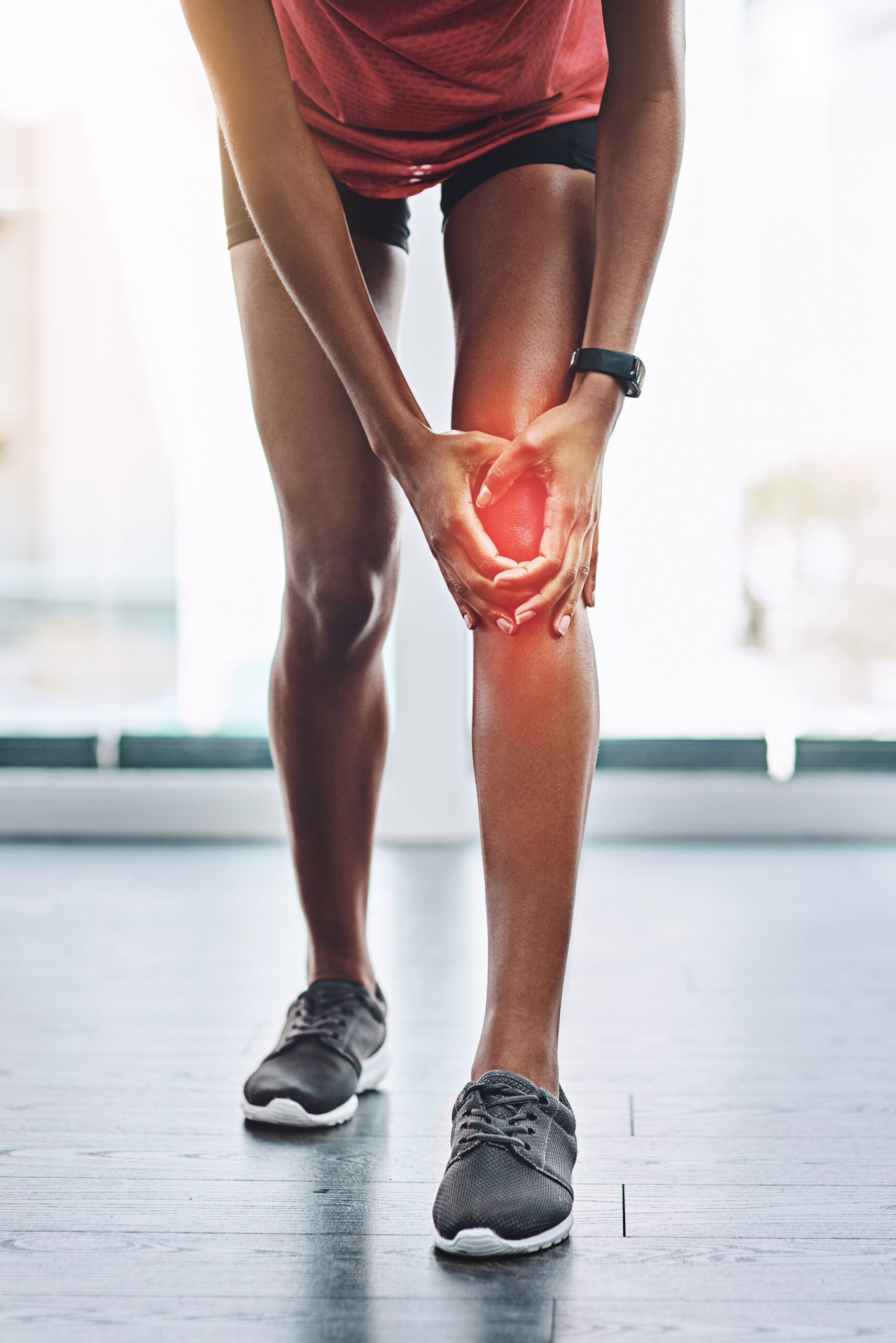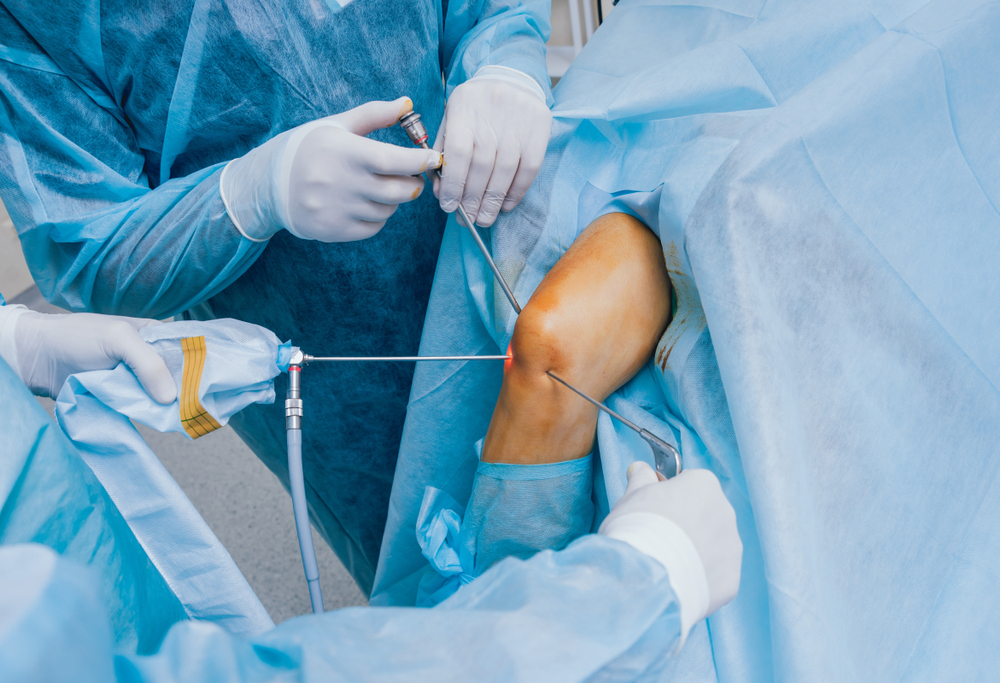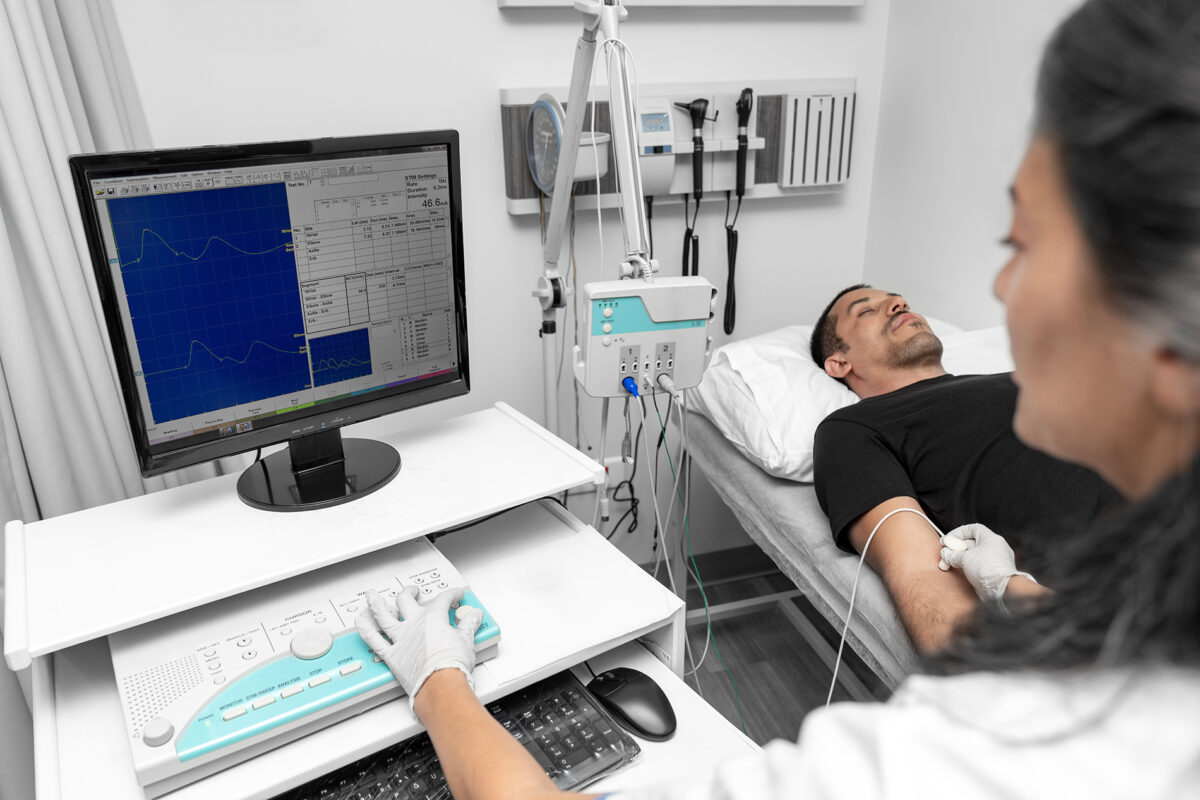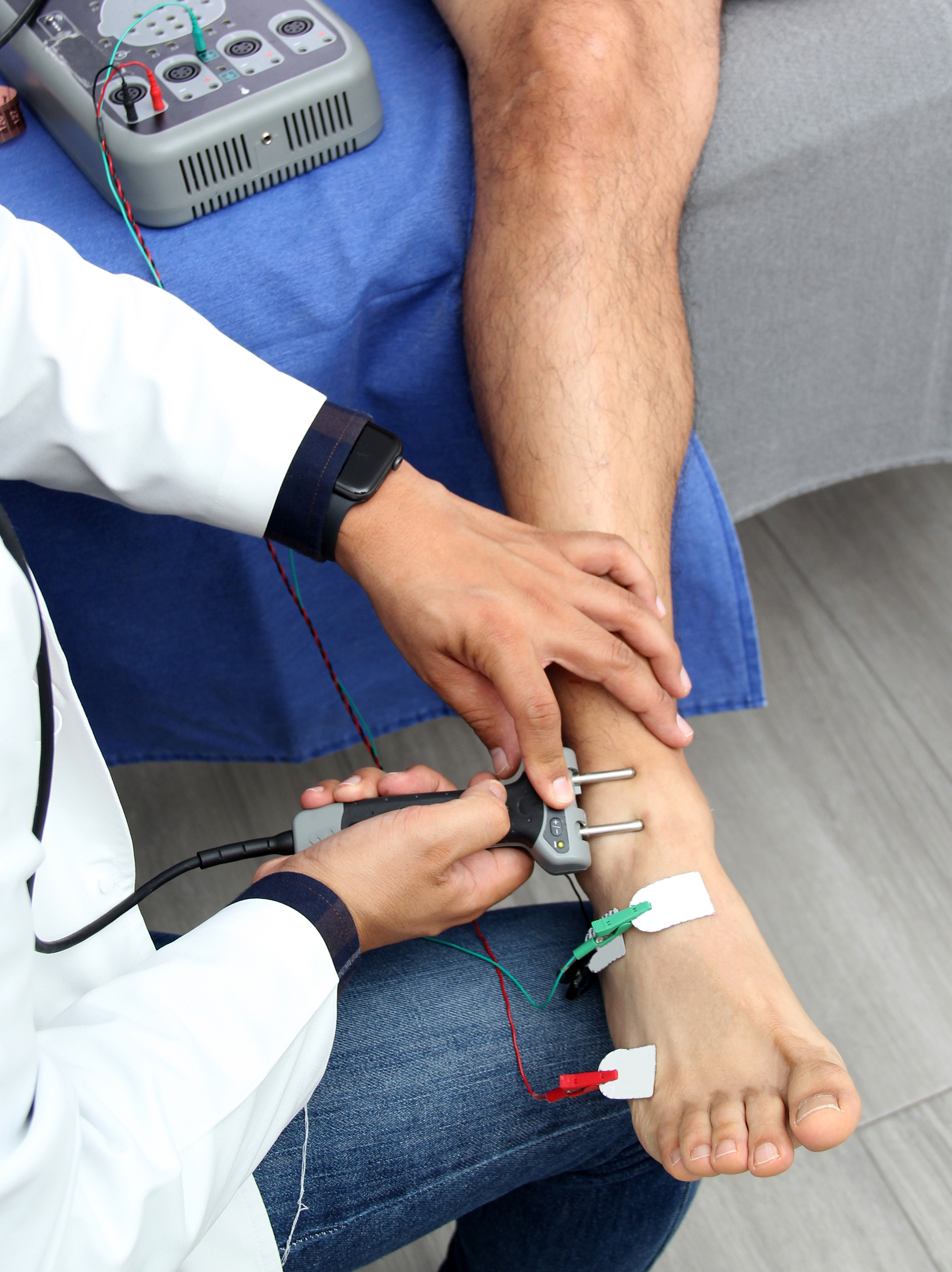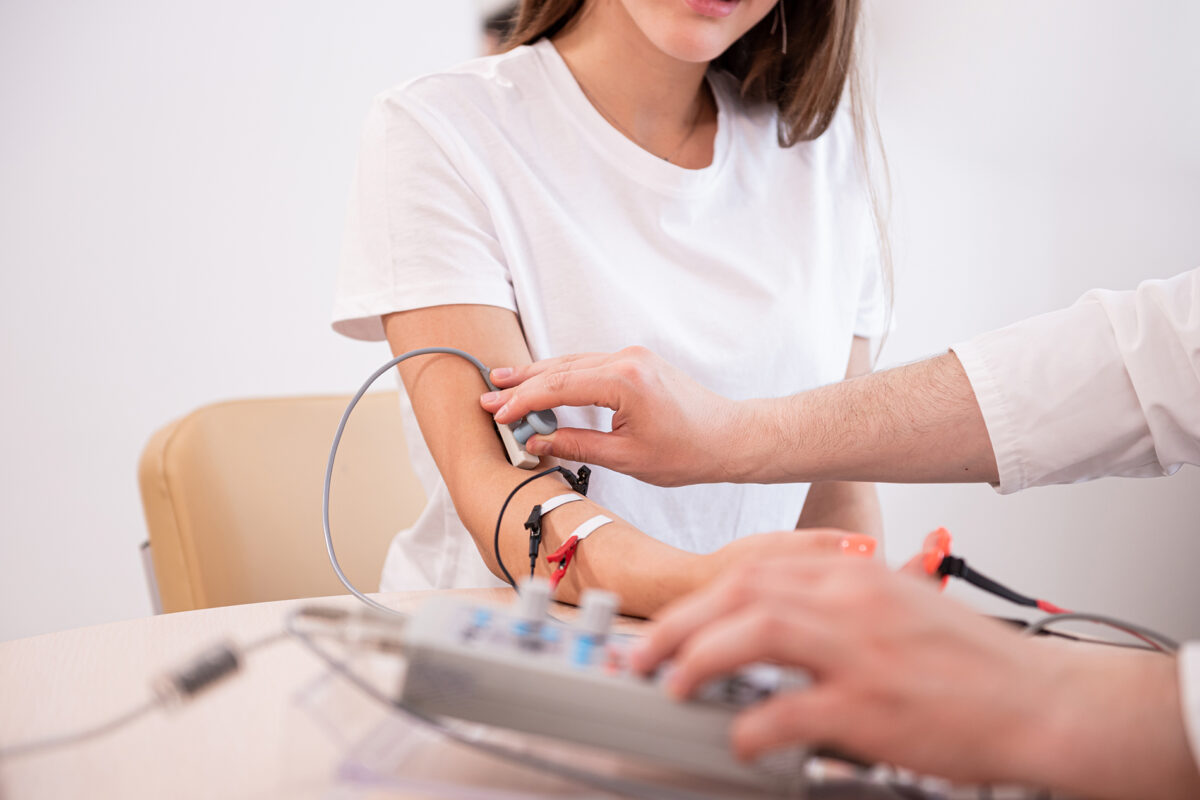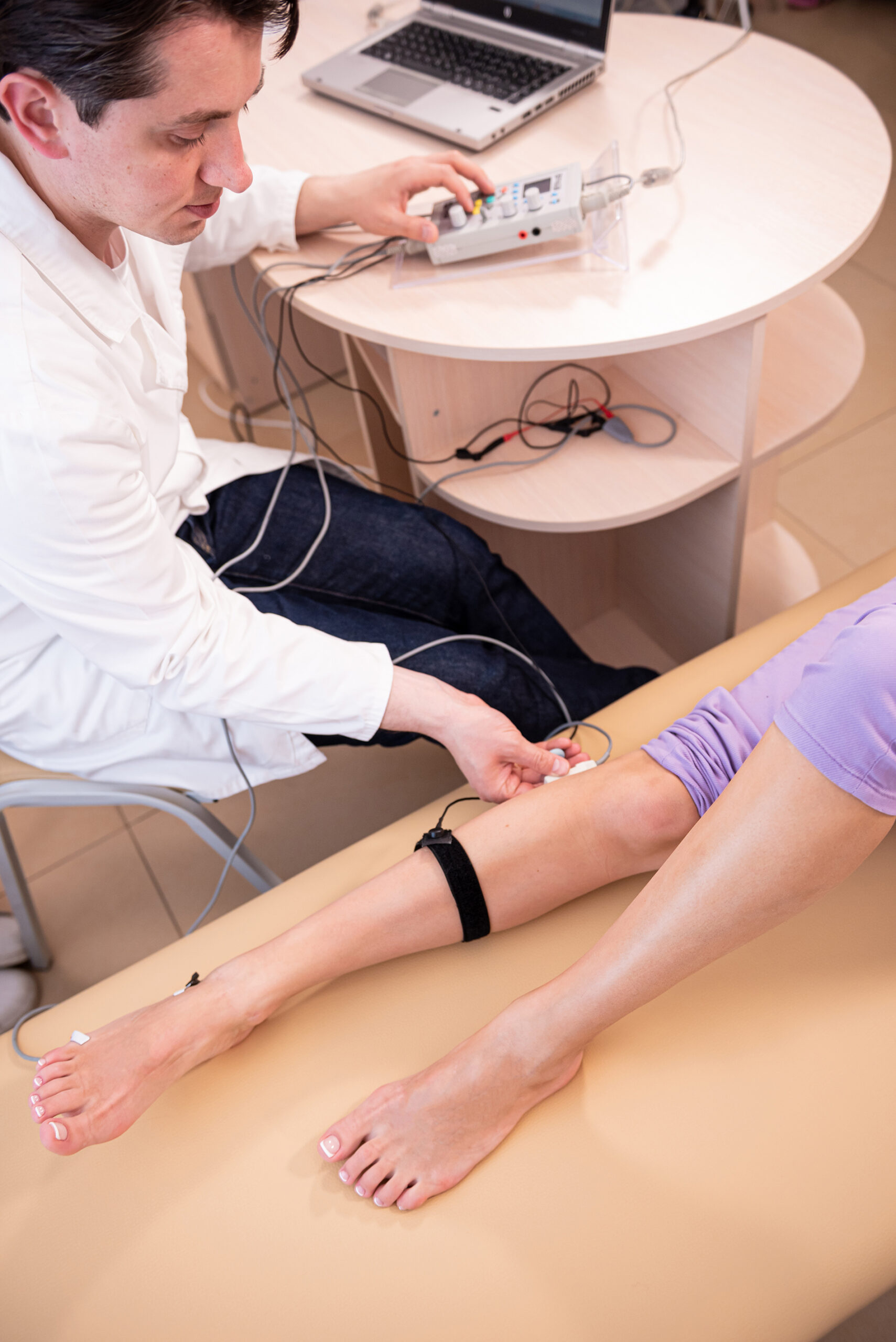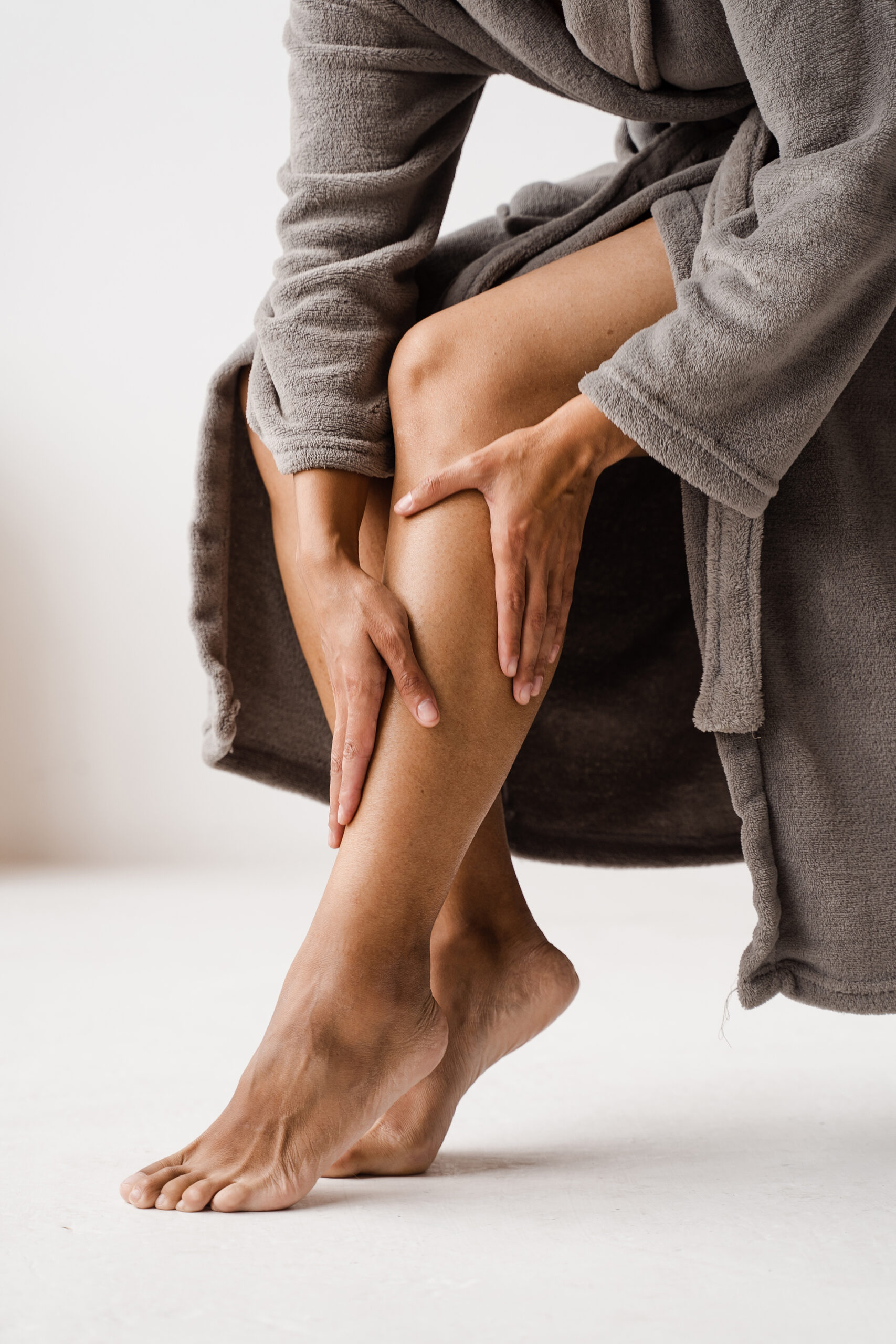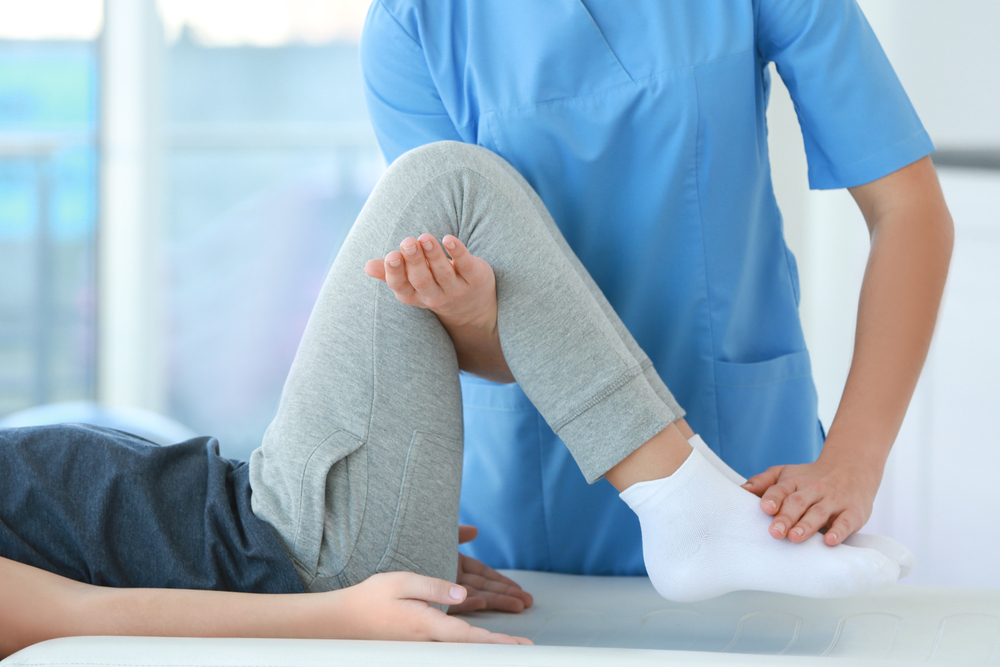An Overview of Nerve Ablations
Nerve ablations, also known as radiofrequency ablations, are a highly effective treatment for chronic pain, particularly for individuals suffering from persistent back and neck pain. Ablation for back and neck pain involves using radiofrequency energy to disrupt nerve function, thereby reducing the transmission of pain signals to the brain. This procedure can provide significant and long-lasting relief for patients dealing with chronic pain.
Back and neck pain are often caused by conditions such as arthritis, disc degeneration, or spinal stenosis, which can lead to inflammation and pressure on the spinal nerves. By targeting the nerves responsible for transmitting pain signals, nerve ablations can effectively alleviate discomfort and improve patients’ quality of life.
At Wellness and Pain, we offer specialized nerve ablation treatments to help our patients manage chronic back and neck pain. Our experienced team uses advanced technology and techniques to ensure the highest level of care and effectiveness in pain management.
How Nerve Ablations Work
Nerve ablations work by using radiofrequency energy to create a heat lesion on the targeted nerve. This lesion disrupts the nerve’s ability to transmit pain signals, providing relief from chronic pain. The procedure is typically guided by imaging techniques such as fluoroscopy to ensure precise targeting of the affected nerves.
During the procedure, a needle is inserted near the nerve causing the pain. Radiofrequency energy is then passed through the needle to heat the nerve tissue, creating a small, controlled lesion. This process interrupts the pain signals sent to the brain, resulting in reduced pain and improved function.
The effects of nerve ablation can last from several months to over a year, depending on the individual’s condition and response to treatment. For many patients, nerve ablation offers a significant improvement in pain and quality of life. At Wellness and Pain, we tailor each treatment plan to the specific needs of our patients to ensure optimal results.

Benefits of Ablation for Back Pain
Long-lasting Pain Relief
One of the primary benefits of ablation for back pain is the long-lasting relief it provides. Unlike temporary pain relief methods, nerve ablation can offer months or even years of pain reduction, allowing patients to enjoy a more active and comfortable lifestyle.
- Extended duration of pain relief
- Reduced reliance on pain medications
- Enhanced ability to perform daily activities
Minimally Invasive Procedure
Nerve ablations are minimally invasive, making them a safer and more convenient option compared to surgical interventions. The procedure is performed on an outpatient basis, with minimal downtime and low risk of complications. Patients can typically return to their normal activities shortly after the procedure.
This minimally invasive nature allows patients to avoid the risks and recovery time associated with more invasive surgical procedures, making nerve ablation an attractive option for those seeking effective pain relief without extensive intervention.
Comprehensive Pain Management
Nerve ablations are an integral part of a comprehensive pain management plan. At Wellness and Pain, we combine these treatments with other therapies, such as physical therapy and lifestyle modifications, to promote long-term relief and improved quality of life.
Our holistic approach ensures that patients receive the most effective care, addressing not only the symptoms but also the underlying causes of their pain. By providing comprehensive pain management services, we help patients achieve lasting relief and a better quality of life.
Conditions Treated with Nerve Ablations
Nerve ablations are used to treat a variety of conditions that cause chronic pain, particularly in the back. These conditions often involve inflammation and degeneration of the joints or discs, leading to persistent pain and discomfort. Some of the most common conditions treated with nerve ablations include:
- Facet joint syndrome
- Spinal arthritis
- Sacroiliac joint dysfunction
- Chronic lower back pain
- Neuropathic pain
By targeting the nerves responsible for transmitting pain signals, nerve ablations can provide significant relief from pain and improve the patient’s quality of life. Wellness and Pain is dedicated to offering effective treatments for a wide range of chronic pain conditions, helping patients manage their pain and regain their mobility.
Choosing Wellness and Pain for Nerve Ablations
At Wellness and Pain, we are committed to providing the highest quality care for patients seeking relief from chronic back pain. Our team of experienced professionals is dedicated to delivering personalized treatment plans tailored to the unique needs of each patient.
We utilize state-of-the-art diagnostic tools and imaging guidance to ensure the accurate placement of nerve ablations, maximizing their effectiveness and minimizing potential complications. Our comprehensive approach to pain management ensures that patients receive the most effective care, addressing both the symptoms and underlying causes of their pain.
Our commitment to patient-centered care means that we prioritize the comfort and well-being of our patients throughout the treatment process. From initial consultation to follow-up care, we strive to provide a supportive and compassionate environment where patients can feel confident in their treatment journey.
Wellness and Pain is dedicated to helping patients achieve lasting relief from chronic pain through advanced nerve ablation treatments and comprehensive care. Contact us today to learn more about our services and how we can help you achieve a pain-free life.








